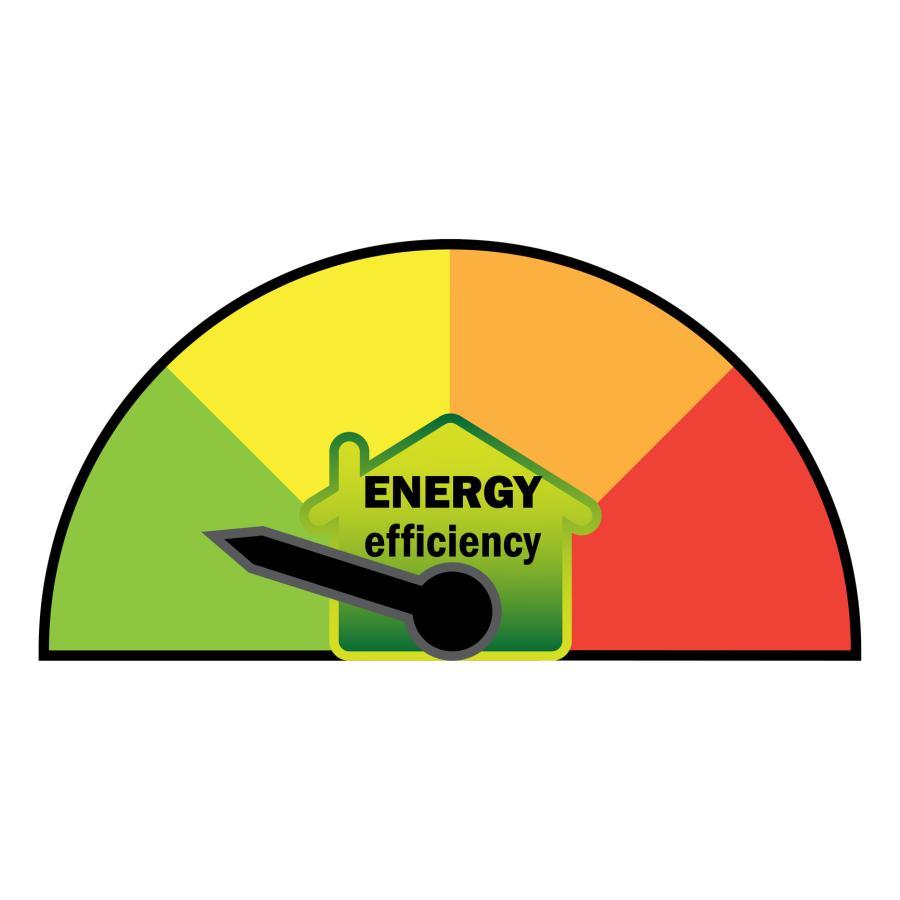First introduced in April 2018, the MEES have been rolled out in several stages: first applying only to new residential and commercial leases (2018); then expanding to cover all existing residential leases in April 2020; and finally, as of 1 April 2023, all existing commercial leases will also need to comply with the legislation and have a minimum EPC rating of E in order for them to lawfully continue. This applies whether a new lease has been granted or not – so a landlord not in breach of the law on 31 March could be guilty of renting a substandard property to the same tenant as of 1 April 2023. This would be the case even if the lease was originally granted before the legislation came into force.
What are the penalties for non-compliance?
Fines of up to £150,000 can be imposed for breaches of the MEES, with the most severe sanctions reserved for commercial breaches.
For residential landlords:
- A maximum penalty of £2,000 for breaches lasting less than three months
- A maximum penalty of £4,000 for breaches lasting longer than three months.
For commercial landlords
- A penalty of £5,000 or 12.5% of the property’s rateable value (whichever is highest, up to maximum of £50,000) for breaches lasting less than three months
- A penalty of £10,000 or 20% of the property’s rateable value (whichever is highest, up to a maximum of £150,000) for breaches lasting longer than three months.
There are also some more minor financial penalties for:
- Registering false or misleading information on the exemptions register
- Failing to act on a compliance notice.
Are there any exceptions?
There are some limited exceptions to the MEES – but landlords must give a reason listed on the exemptions register and have documented proof to back up their assertion. Reasons include:
- High cost – the landlord can prove that the cost of making even the cheapest recommended improvement would be in excess of £3,500
- Seven–year payback – the cost of improving the property’s EPC to at least an E exceeds the savings on energy bills the landlord could expect to make within a period of seven years
- All improvements made – the property remains substandard even after the landlord has made every possible energy efficiency improvement
- Wall insulation – the landlord has sought written expert advice stating that installing the recommended insulation systems would not be appropriate for the property
- Consent – some improvements require third-party consent; if this is refused, the landlord might have grounds to register an exemption
- Devaluation – the landlord has written evidence from a RICS chartered surveyor that efficiency improvements would reduce the property’s value by more than five percent
- New landlord – a person has become a landlord suddenly, meaning it wouldn’t be fair for them to have to immediately comply with the regulations – this is a temporary exemption of six months.
What does the future hold?
Landlords renting out properties to domestic and commercial tenants currently need to comply with a comparatively ‘low bar’, with the obligation to raise their EPC rating to E – just two categories up from the lowest rating of G.
However, the government has more ambitious plans for the future, with the minimum EPC for buy-to-let residential properties expected to rise to C by 2028; and commercial buildings expected to rise to B by 2030. To put into context how great an undertaking this will be, 80% of London’s offices do not currently meet this standard, which is set to be imposed in just seven years’ time.
It is highly advisable that landlords start preparing for this eventuality well in advance, to avoid falling foul of MEES regulations and facing hefty civil penalties in the future. If you are concerned about the MEES or require any legal advice in your capacity as a residential or commercial landlord, please do get in touch with our Property team on 0344 967 2505 or email us at Property@woodfines.co.uk



